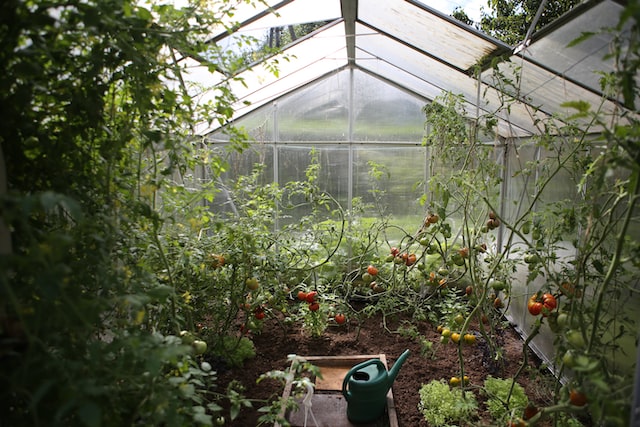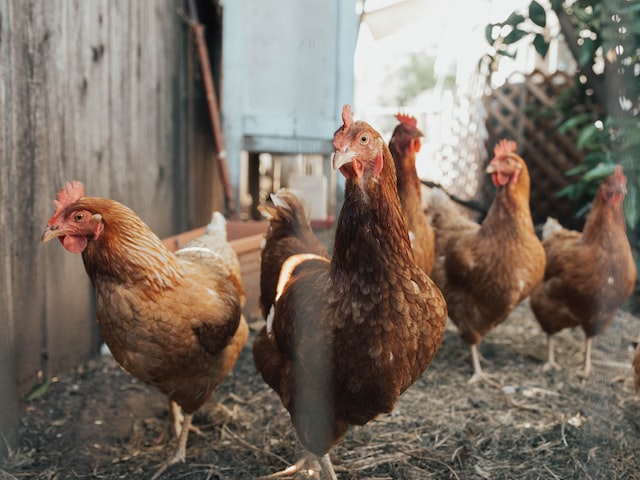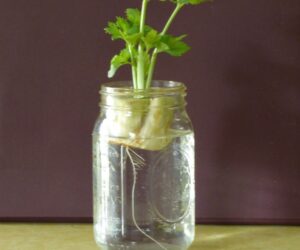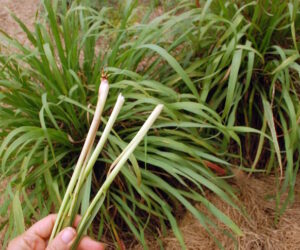The way human beings grow, process, and consume food is changing. As a result, nutritional literacy is at an all-time high, and people are interested in knowing where their food comes from and how it is grown. Unfortunately, many of them don’t like the answer.
As the world’s population has grown, so has the need for food. As a result, many farmers have employed industrial farming techniques to maximize production and satisfy the high demand. However, this increase in production has resulted in decreased food safety.
Antimicrobials commonly used to accelerate livestock growth have resulted in antibiotic resistance, responsible for 700,000 deaths yearly. Not to mention the pesticides and chemical fertilizers used in crop farming are known endocrine disruptors and carcinogens.
And if those statistics aren’t startling enough, consider this. Nearly a quarter of all greenhouse gas emissions come from the agriculture industry. And although the perils of greenhouse gas emissions are well-known, it’s worth noting that industrial farming is responsible for $3 trillion worth of environmental damage every year.
So where does this leave people? Humans need to eat, but do you want to risk your and the planet’s health by participating in this system? For many people, the answer is no. But what’s the solution? Producing their own food.
Yes, producing their own food. It is possible, but becoming fully independent takes more than a small garden in the backyard. People need equipment like large chicken tractors and food preservation equipment. They must also know how to grow food and what livestock will thrive on their property.
Honestly, the list of things needed to grow and raise food at home successfully is endless, but here’s a good start for everything you need to make your own food.

1. Fresh Water and Plenty of Space
Access to fresh water and fertile, clean land is critical to any at-home food production operation. Water is used for everything from keeping the animals hydrated, watering plants, and keeping animal dwellings clean and free of disease. Water is also necessary to prepare most foods grown or produced on the property.
For most homeowners, water either comes from a public water system or a well onsite. If you prefer a surface water source, like a stream or pond on the property, test the water before use to ensure it’s safe. You may need to add a filtration system or water quality monitors to make sure the water is suitable.
Space is just as important as water. But more space is needed. An acre of forest or desert won’t do much good. What’s needed is well-drained, flat land with access to plenty of sunlight. It’s also important to mention that the area should be free of contamination by chemicals.
Before you use your property to produce food, you may also want to test your soil to assess the mineral makeup and confirm contamination isn’t present. You can easily find soil quality tests online, and most include lab fees to analyze your sample.
2. A Garden
When people think about producing their own food, they think of backyard gardens. But before planting yours, research the growing region, size, and maintenance of the plants you want to include.
Start by finding out what plants grow in your region and when. The growing calendar for Pennsylvania is far different from Florida, and you need to know what will grow well (and when) in your part of the country. Consult the U.S. Department of Agriculture’s (USDA) hardiness zone map to learn about fruits and veggies that grow well where you live.
The USDA website also provides essential insights about plant husbandry. For example, learning what plants grow well together, what diseases and pests they’re vulnerable to, and the amount of light, water, and soil they need are all important things to consider before planting your garden.
Also, think about what kind of garden you want. Tilling a plot of ground on your property works, but you must protect ground-level from rabbits, deer, and other critters. For this reason, many home gardeners prefer raised beds. Although not wholly pest-resistant, their elevation helps keep some of the peskiest animals out of your beds.
The size of your garden depends on your goals and the plants you want to cultivate. Do you want to live off of your garden full-time, or are you just hoping to supplement the food you can find at the local grocer? How much space do your plants need to thrive? The answers to these questions will help you determine the best size for your planting area.
3. Perennial Shrubs and Trees
Not all fruits and veggies are annual plants. Many fruits are grown on perennial trees, shrubs, and vines. Adding these to your property is a great way to supplement your food sources for many years, as they return yearly and produce more fruit as they mature.
Once again, check out the USDA’s website to learn which fruits grow well in your area. For example, Pennsylvania is an ideal climate for apple trees, but orange trees would never survive there. Researching what will successfully grow on your property is time well spent!
4. Chickens
Chickens are an easy addition to your at-home food production plan if you aren’t on a plant-based diet. They are a hearty food source that creates renewable food (eggs) or can be continuously bred and slaughtered for meat. Moreover, they provide chemical-free pest control and help naturally fertilize the soil.
Chickens need plenty of space and thrive with a consistent source of fresh ground, quality feed, and water. A large chicken tractor is a great way to give them all three. Movable chicken houses enable you to put the chickens wherever you need pest control and fertilization, and it provides the chickens with new land and ample food supplies. Then, after the chickens have picked an area clean, they are easily moved to fresh ground to start the process all over again.
Moving chickens so they can graze in different areas will also increase egg production and decrease the amount of time you have to spend cleaning out the coop and washing off eggs. A win-win!

5. Other Livestock
Chickens aren’t the only animals you could have on your property. Keeping pigs, cows, and other livestock is always an option if you want access to fresh meat and dairy.
These animals require a lot of space and care. They need their own barn and enough grazing area to keep them fed and in shape. And don’t forget the food! Cows, for example, consume about 24 pounds of food per day!
Because of the space and feeding requirements, keeping large livestock isn’t for everyone. But, for someone who wants to get away from processed meats and hormone-laden dairy, keeping livestock just might be a workable solution.
Eating healthier is much easier when you know where and how your food is produced, which is why more people are interested in making their own food than ever. But growing and raising enough food to live and live well takes a diverse vegetable garden, establishing perennial fruit trees and bushes, a thoughtful approach to animal agriculture, and more. And with enough resources, time, and patience, you can do it, too!



